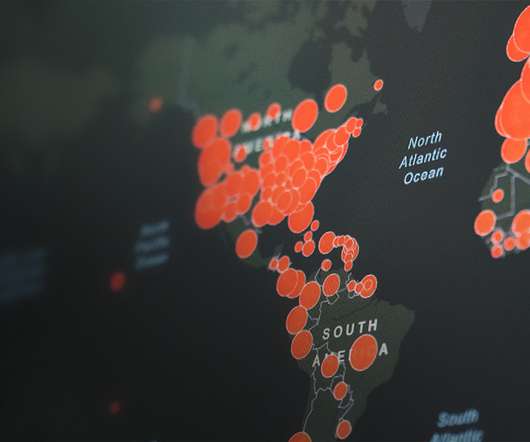Real-time Data, Machine Learning, and Results: The Evidence Mounts
CIO Business Intelligence
OCTOBER 4, 2022
In the new report, titled “Digital Transformation, Data Architecture, and Legacy Systems,” researchers defined a range of measures of what they summed up as “data architecture coherence.” He specializes in removing fear, uncertainty, and doubt from strategic decision-making through empirical data and market sensing.














Let's personalize your content